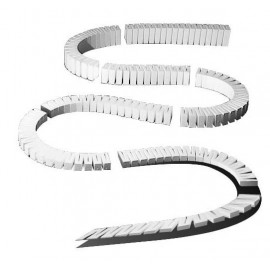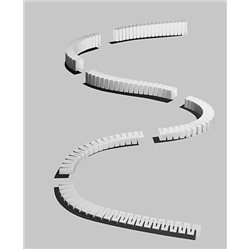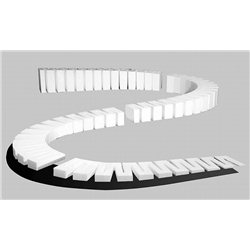Desktop model aircraft are ornamental models usually constructed to 1:72 scale, made from diecast and often take...
No products
Product successfully added to your shopping cart
There are 0 items in your cart. There is 1 item in your cart.
Search Tips
What is the steepest gradient I can use on my model railway layout?
Gradient, is often displayed using a height measurement followed a distance measurement. For example, a 1 in 100 gradient means that for every 100cm of railway track there will be a rise of 1 cm, or inches, metres, feet, yards or even finger digits, it doesn’t matter what units you use to measure, so long as the height and distance are measured using the same unit.
The generally accepted maximum gradient for a model railway is 1 in 30. The effective running of trains up 1 in 30 inclines will be influenced by certain factors such as length of the train, traction/power of the locomotive, the weight of rolling stock, curves on the incline and whether a run-up is permitted.
If your incline is likely to be affected by any of these factors then 1 in 50 would be a much safer option to ensure smooth running. Likewise, under very favourable circumstances you could get away with an incline as steep as 1 in 20 (if you are lucky).
But how does all of this compare to the real world? To give you an idea the famous Lickey incline sits at around 1 in 37 and often requires a bank engine to help propel the heaviest of rolling stock up the hill.
If you decide that an incline is not for you due to space restrictions, it may be worth considering a dual-level layout. This is where you have an upper-level layout on top of a lower-level layout but the two are independent and do not connect. This gives you massive scenic advantages as well as greatly increased operating capacity without the need to sacrifice huge amounts of baseboard to accommodate an incline.
You could even split your themes between the upper and lower tracks. For example, you could have a mainline and a branch line, standard gauge and narrow gauge or even a freight line and a passenger line, the potential is at the very least exciting and inspiring so enjoy.
Click here to receive the tips weekly in your mailbox. You can unsubscribe at any time.










